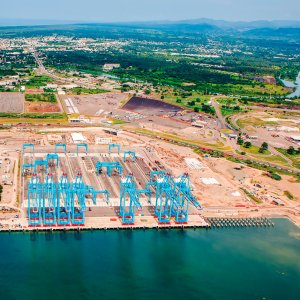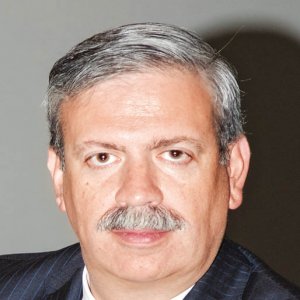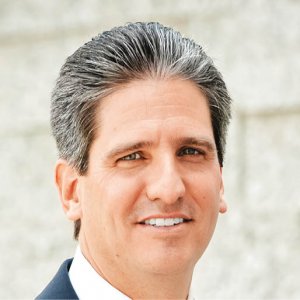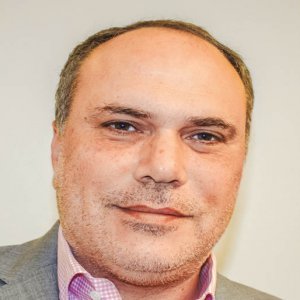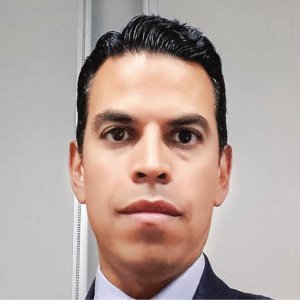Meshing with the Landscape

STORY INLINE POST
Q: What are the biggest hurdles to adapting Maccaferri’s products to Mexico’s landscape?
A: This is an extremely challenging task for any civil engineer. In a construction project, the engineers know exactly the weight of the construction, how resistant the soil will be and how to efficiently transfer all of that weight onto the soil. The concrete market often has all this information for the design process. When working with projects on beaches or river beds, that data is not available and can be laborious to calculate. Since concrete is predesigned to fit specific dimensions, it cannot adapt to a change in force or the elements. Gabions are wire mesh panels sold in cubic meters that are flexible, do not break and adapt to unexpected force, such as earthquakes and floods. They adapt to various situations and can be used in a variety of projects and construction.
Q: Why is it important to coordinate the manufacturing, design and installation processes of these products?
A: We must be present in all stages of our products’ lifecycle and given that many engineers do not know how to use our mesh products, we have to assist them in the design process. The market sees us as problem solvers and not just product providers thanks to our engineering solutions. Gabions can deeply impact the performance of a project. These products solve a great variety of difficulties that concrete or other materials cannot. For instance, the products used in the completion of the CuernavacaAcapulco highway are gabions and rockmesh. These products served as protective barriers, stabilized the rocks in the slopes and increased safety.
Q: How much of an opportunity do wire mesh and geosynthetic products represent?
A: Wire products are commonly used in Mexico and gabions are favored for infrastructure developments. They have applications in railways, channels, highways, dams and a variety of other civil engineering projects. Gabions come in many varieties to fit the specifications of different terrains and projects. Although these products have been in the country for over 40 years, they are not used across all regions. They are prevalent throughout the central region but less so in the northern and southern states. Mexico’s intricate landscape poses a challenge for building companies and since wire meshing is not as well known, Maccaferri sees an opportunity to grow in this market. The biggest hurdle is convincing engineers to start applying it in their projects. There is also a lack of knowledge about gabions so Maccaferri is teaching recent graduates how to properly use these types of materials in construction.
Q: What are the challenges in working with local governments and developing sustainable waste management practices?
A: The geosynthetic products used in landfills are called GEOMATS, which have impermeable characteristics. Whenever trash becomes wet, it leaks a highly contaminating liquid, known as leachate, and if landfills are not sealed, this liquid will seep into the ground and into aquifers. To avoid this, the landfill is made impermeable with the use of these GEOMATS and then a new landfill is built over top so that no matter how much leachate accumulates, it will remain contained.
Building a landfill on top of a closed one with the use of geosynthetics is called a piggyback landfill. Collaborating with local governments on the process for implementing these types of products can be difficult, partly because the majority of Latin American countries worry more about other issues such as reducing poverty and malnutrition. Developed countries have already covered these basic necessities so they are more concerned with ecological issues.
Latin American countries usually only install one GEOMATS layer, which is helpful for preventing further contamination, but European countries are installing multiple layers of GEOMATS and sometimes even final layers for growing vegetation on top of the trash. We develop products that allow municipalities to convert what used to be wasteland into playgrounds. Our goal is to produce more sustainable products like hydro seeding. This allows the growth of vegetation on slopes and the regeneration of land in short amounts of time.
